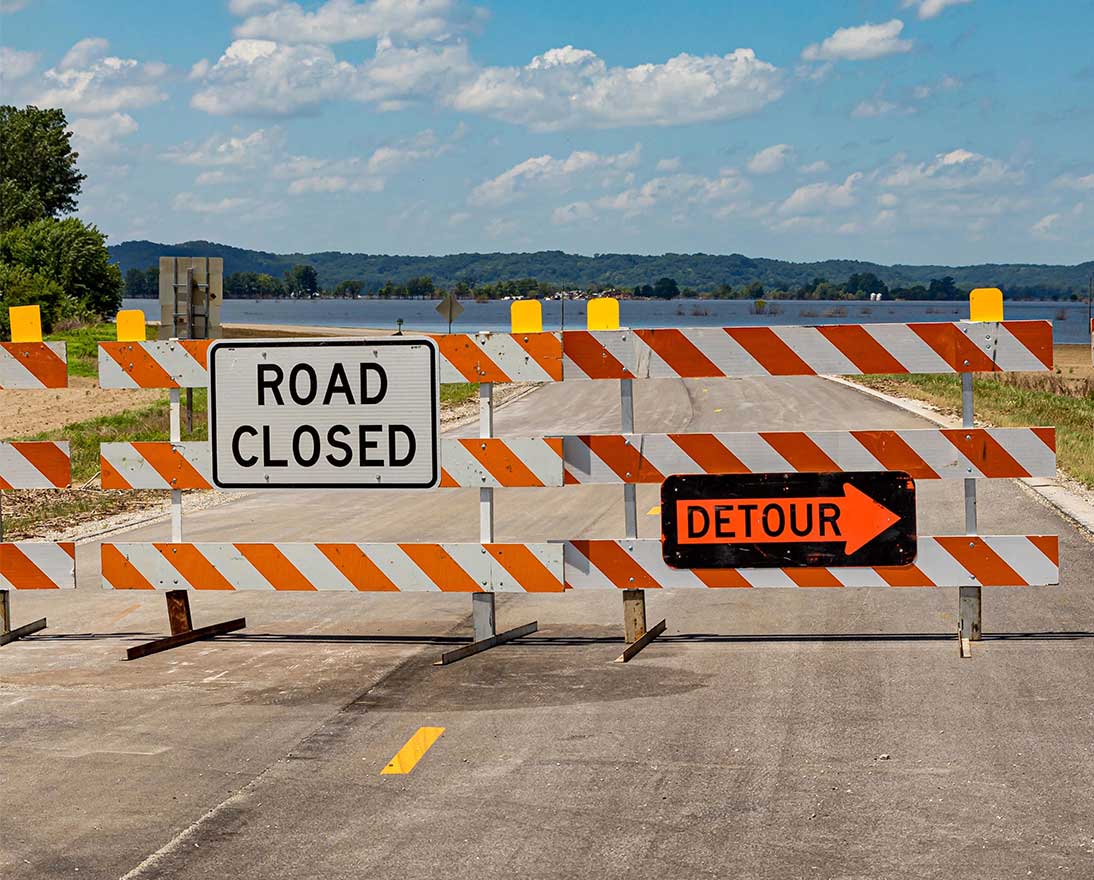Rapid damage assessment tools demonstrate value in Turkish earthquake
TransformationArticleMarch 28, 2023
New tools are changing how insurers respond to natural and man-made disasters, with big implications for claims and risk management, according to Zurich’s Claire Varney and John Parvin, and McKenzie Intelligence Services’ Rosina Smith.
When the magnitude 7.8 earthquake struck southern Turkey and Syria on 6 February 2023 it took days before the true extent of the disaster was realized. The quake, one of the deadliest this century, is now known to have taken the lives of over 50,000 people (Reuters) and damaged as many as 160,000 buildings (BBC).
While information in those first hours was scant, by 1pm that day, Zurich’s commercial claims team was already studying a heat map showing the affected area, pinpointing insured buildings. Using rapid damage assessment technology, they were able to quickly identify which commercial customers were affected by the quake and the likely extent of damage to insured property. Thanks to this intelligence, Zurich was able to secure local resources and prepare its local claims teams much earlier than previously possible.
Rapid damage assessment service
Zurich’s fast and informed response was aided by a new rapid damage assessment service from McKenzie Intelligence Services (MIS), which provides local intelligence on catastrophe events, tailored to the needs of the insurance industry. The insurtech uses a range of geolocation data, satellite and drone imagery, as well as commissioned aerial reconnaissance, to provide near real-time property damage information on disasters, both across a wide area and at individual building level.
All this data is consolidated and delivered as a software service, supplemented by MIS’s team of intelligence analysts and machine learning, providing users with a structured approach to assessing information during a major claim event. It also brings together external intelligence with Zurich’s own exposure and policy information, seamlessly and automatically. For example, exposure data is automatically overlaid with damage assessment ratings, enabling Zurich’s claims team to quickly assess the likely impact to the customer.
The technology proved its value in a number of major catastrophe events in 2022, including Hurricane Ian in the US, Mexico’s earthquake and flooding in Australia. The service can be applied to almost any large loss event where insured exposures are present, including wildfires, extreme weather events, civil unrest, terrorist attack or an industrial fire and explosion.
On the front foot
Assessing damage in the aftermath of a disaster is always a challenge, but essential for both businesses and their insurers. A fast and informed response is needed to protect employees, mitigate property damage and business interruption and kickstart the process of restoration. But information in the early stages of a catastrophe is typically scarce and unreliable, at least until local loss adjusters and claims teams are deployed, which is dependent on the emergency response, safety concerns and damage to infrastructure.
Rapid damage assessment services, like that provided by MIS, provide insurers with reliable and actionable intelligence on property damage within hours of an incident. Such intelligence enables the insurer to respond to an event faster and equipped with more reliable information. As a result, the claims team is already prepared when a customer calls to notify a possible claim, and will potentially know more about the situation than the insured. For instance, the ability to reliably identify large loss claims as a result of Hurricane Ian as part of the First Notification of Loss (FNOL) triage meant instant reallocation to the Large Loss Property team, driving a better outcome and customer experience as evidenced by positive broker feedback.
In addition to shaping the insurer’s initial response to a disaster, the intelligence provided by the rapid damage assessment helps triage claims and allocate resources, such as loss adjusters and engineers, potentially much earlier than in the past. It can also speed up the process of making urgent interim payments, or even validating claims for full payment where coverage and severity of damage is clear, but on the ground access remains impossible.
Future developments
Zurich is now integrating the service into its commercial claims service and exploring various use cases for the technology, including those beyond claims – with the aim to further support its customers in their risk management journey. The team is actively looking at how such information could be used to inform risk engineering and underwriting, facilitate product innovation and help customers mitigate future losses.
For example, MIS and Zurich are already exploring opportunities to use real-time disaster intelligence for business interruption, such as data on changes in footfall, mobile phone usage, power or communications outages. Zurich is also considering potential supply chain applications, such as monitoring damage or disruption to key suppliers in a disaster zone.
The development of rapid damage assessment services is a huge step up for insurers’ catastrophe claims response. We are at the start of a journey, but real-time damage intelligence has the potential to hugely improve insurers’ catastrophe claims response, as well as further opening the door to a wide range of product and service innovation.
Originally published on Commercial Risk on March 28th, 2023


